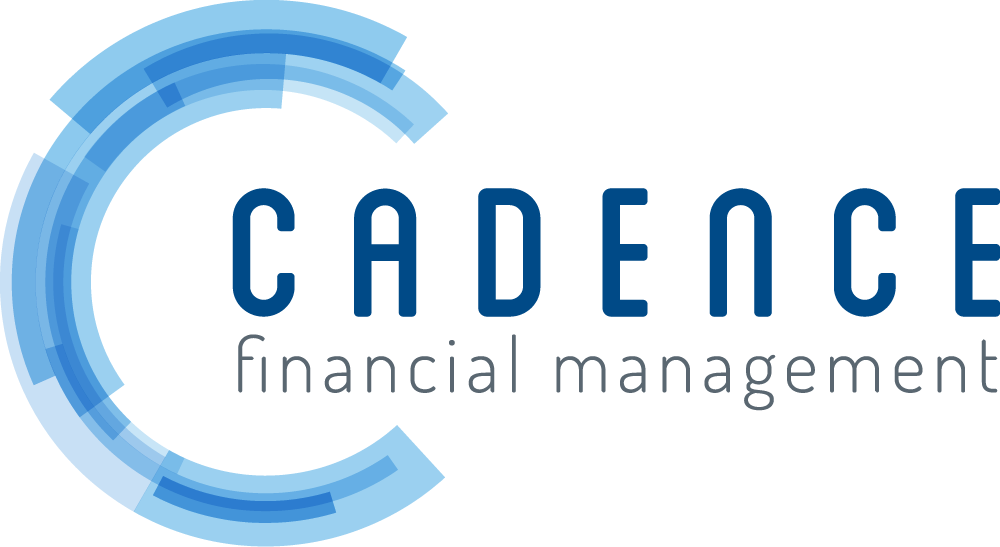Hardship Distributions Surge: Strategies for a Troubling Trend
More and more workers are taking hardship distributions from their 401(k) accounts, a recent report shows. Bank of America’s June 2023 Participant Pulse study reveals nearly 16,000 participants withdrew money to cover a financial hardship in Q2 of this year — up 36% compared to the same quarter in 2022. At the same time, the New York Federal Reserve reported in August that credit card debt among U.S. households exceeded $1 trillion for the first time ever, with an increase of $45 billion in Q2 alone. Moreover, the rate of credit card delinquencies rose to 7.2% during the same quarter — the highest rate since 2012.
In this challenging environment, how can plan sponsors support participants who may be struggling with high debt and help them avoid raiding their retirement savings to stay afloat?
Provide tailored financial wellness programming. Offer robust education on topics aimed at helping participants understand how to manage financial challenges or better prepare themselves for potential hardships. Online resources and learning sessions could be offered on budgeting, building emergency savings and managing debt, for example. Cultivating greater financial literacy in these areas can help employees develop stronger financial habits, make more informed decisions and avoid potential pitfalls.
Offer greater flexibility with contribution dollars. Flexible matching programs give employees more control over their contributions by enabling them to allocate money toward noninvestment savings and debt repayment. One such program, Thrive, offers participants the ability to assign some or all of their employer's matching funds to student loan obligations, higher education savings accounts or an emergency savings reserve. This innovative approach can help empower employees to keep socking away retirement dollars while using matched contributions to alleviate debt burdens or build savings.
Encourage advisor engagement. Offer regular one-on-one check-ins to discuss participants’ financial goals and challenges — and develop strategies to help protect retirement savings from unplanned financial hardships. Individual advisor sessions can also include debt reduction strategies for those struggling with credit card balances, as well as guidance on funding alternatives in the event of a hardship. For example, advisors could counsel participants on government assistance, debt restructuring, nonprofit credit counseling or tapping into home equity through a HELOC, as appropriate.
When debt mounts and options seemed diminished, a sense of fear and hopelessness can set in for those faced with significant financial challenges. And in turn, that can lead to decision-making that doesn’t support long-term financial health. But providing the right resources can help employees see their way toward solutions and avoid viewing their financial difficulties through a lens of last resort thinking. Empowered with tools and knowledge to better and more holistically manage their finances, participants will be better prepared to weather financial storms and navigate future challenges while preserving their retirement readiness.
Sources:
https://www.thrivematching.com
This material was created to provide accurate and reliable information on the subjects covered but should not be regarded as a complete analysis of these subjects. It is not intended to provide specific legal, tax or other professional advice. The services of an appropriate professional should be sought regarding your individual situation. The material presented was created by RPAG. Securities, investment advisory, and financial planning services offered through qualified registered representatives of MML Investors Services, LLC. Member SIPC (www.sipc.com). Supervisory Office: 16 Campus Blvd, Newtown Square, PA 19073. Cadence Financial Management, LLC is not a subsidiary or affiliate of MML Investors Services, LLC or its affiliated companies. ACR# 5949701 09/23
